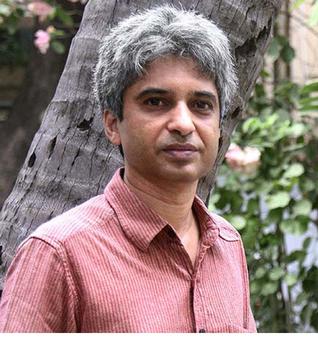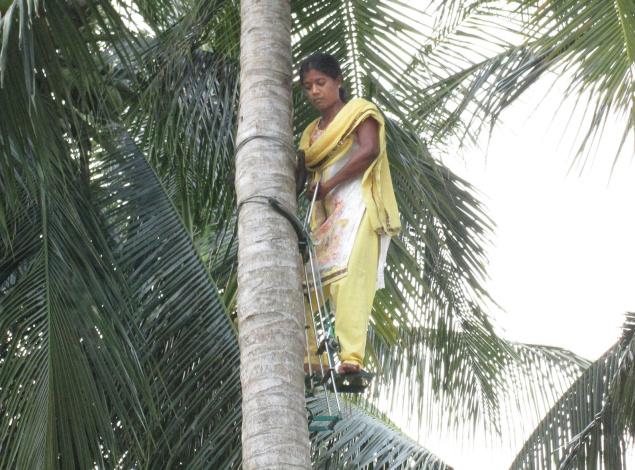Pollachi :
It was a beauty pageant with a difference. Participants did not do a catwalk on the ramp, but stood in line for the jury to convey their verdict. And these judges were not looking for hourglass figures but were more concerned about the health of their teeth, eyes, knees and hump. For those still wondering what this is all about, it was a cattle show for indigenous breeds held at Samathur near Pollachi on Friday.
The event dubbed Kongunattu Kalnadai Thiruvizha – 2015, held for the first time by Vanavarayar Foundation, had about 700 cattle belonging to nine native breeds brought from villages far and near. “The cattle were judged based on their health and ‘majestic’ quotient,” said a member of the organizing committee. The prize amount ranged from Rs7000 to Rs50,000.
Kangeyam bulls were brought in numbers while other breeds like Unbalachery and Karuva (a kind of goat breed) also participated. “It is difficult to breed native cattle as it is expensive. Only if our agricultural production is healthy we can breed these kind of cattle,” said A P Periasamy, a farmer from Tirupur, whose family has been breeding native cattle for three generations. “We had close to 500 cattle fifty years ago, but now we have only 25 since we are unable to care for them due to fall in agricultural production,” he added.
A dairy farming couple from New Zealand had also visited the exhibition. “India has so many native breeds. These native breeds should be nurtured,” said Dr John Henry Niezen, specialist, Dairy Herd Development.
“We are unaware of the glory of native breeds. Hence many switch to exotic breeds lured by their high milk yielding capacity. What they fail to understand is that the milk of the native cow has more protein,” said Shankar Vanavarayar, Joint Correspondent, Kumaraguru College of Technology. The event is the brain child of Vanavarayar.
“We have come to a sad state where the significance of Kangeyam bulls has been recognized in Brazil where they are being reared in huge numbers, while we have slowly forgotten their value,” he said. Noting that the show and the exhibition was a first step towards spreading the importance of native cattle, he said that by 2016 the foundation has planned to establish a model farm.
“Once the model farm is established, visitors will be educated on the importance of indigenous breeds,” he said.
Dr K Baskrasethupathy, chief manager of ABT Dairy division, an organizer, said that farmers from across western region of Tamil Nadu and several from adjoining Kerala also visited the cattle fair. The fair also had 60 stalls featuring an array of cattle and dairy products. “The feedback from the farmers was great. We also gave them suggestions on feeding and nurturing native cattle breeds,” said Dr R Gnana Sekaran, veterinarian and nutritionist for cattle from Bengaluru. This exhibition will be open till February 7.
source: http://www.timesofindia.indiatimes.com / The Times of India / Home> City> Coimbatore / by G. Rajeswari, TNN / February 07th, 2015

